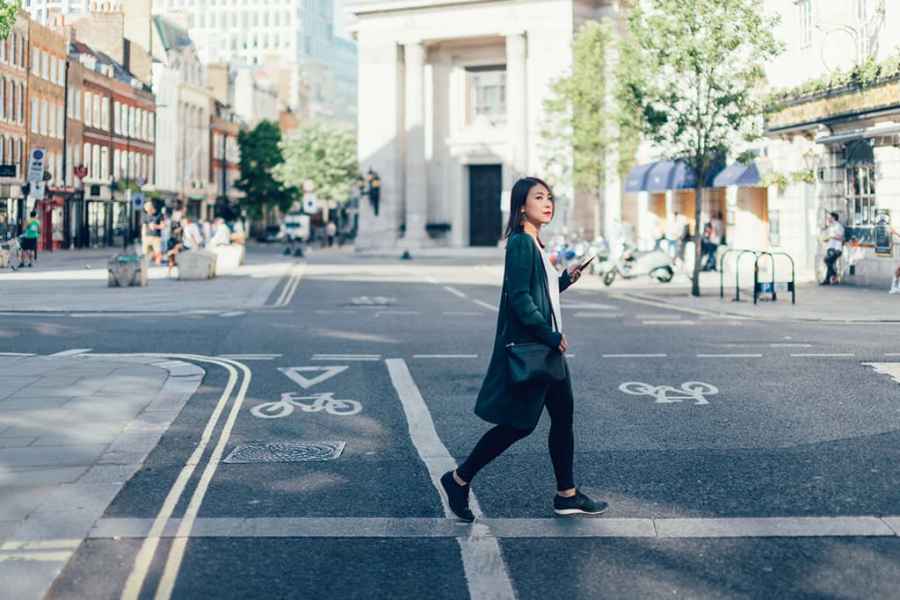The Street round of our Amateur Photographer of the Year competition (APOY) is now open, and we can’t wait to see your entries.
In partnership with MPB
Some of the earliest photographs ever taken were of street scenes, so this genre is embedded into the very DNA of photography.
A lot of people want to try street photography but may feel intimidated or self-conscious, or not sure what equipment to use – or indeed what subjects to photograph.
The good news is that this is a very wide-ranging genre, so even if you don’t want to take street portraits, there are plenty of alternatives. Read on for some essential advice and tips – there is also a great guide from MPB here, and an enlightening YouTube discussion on the choice of gear.
Choose your gear carefully
Street photography is forever associated with people in trench coats wielding Leicas, but you don’t need to buy very expensive gear to unleash your inner Cartier Bresson.
Traditionally, street photographers have favoured smaller cameras and lenses as they can work more subtly and discretely, and a shorter lens can be less intimidating for the subject than having a long telephoto stuck in their face.
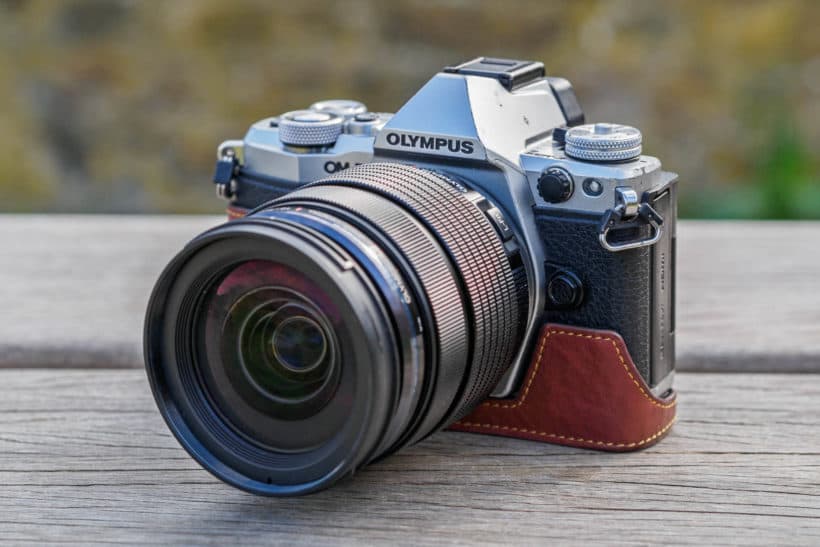
More compact camera systems are also less tiring to carry as you walk around all day. Mirrorless systems, such as the Olympus OM-D, Fujifilm X or Sony A ranges, are great choices and you can pick up quality used examples from dealers at great prices. Lens-wise, a 28mm, 35mm and 50mm are classic focal lengths but a longer prime lens, e.g. 85mm or even 100mm equivalent, are useful for distant portraits. Tilting screens come in handy too.

Street photography and the law
A lot of people are worried about being stopped by the authorities, or even suspicious passers-by, for enjoying street photography, but there is no need to be scared.
Photography and the law can be a complex issue, but UK legislation is quite liberal when it comes to shooting the general public in public places. Problems tend to arise when the location is privately owned – for example a shopping centre. Government buildings and transport hubs can be another issue.
If somebody objects to having their photograph taken, be polite and move on – it’s a good idea to have some business cards with your contact details too, as that tends to put people’s mind at rest. Be cautious about photographing children (unless you have parental permission) and be sensitive to cultural and religious differences.
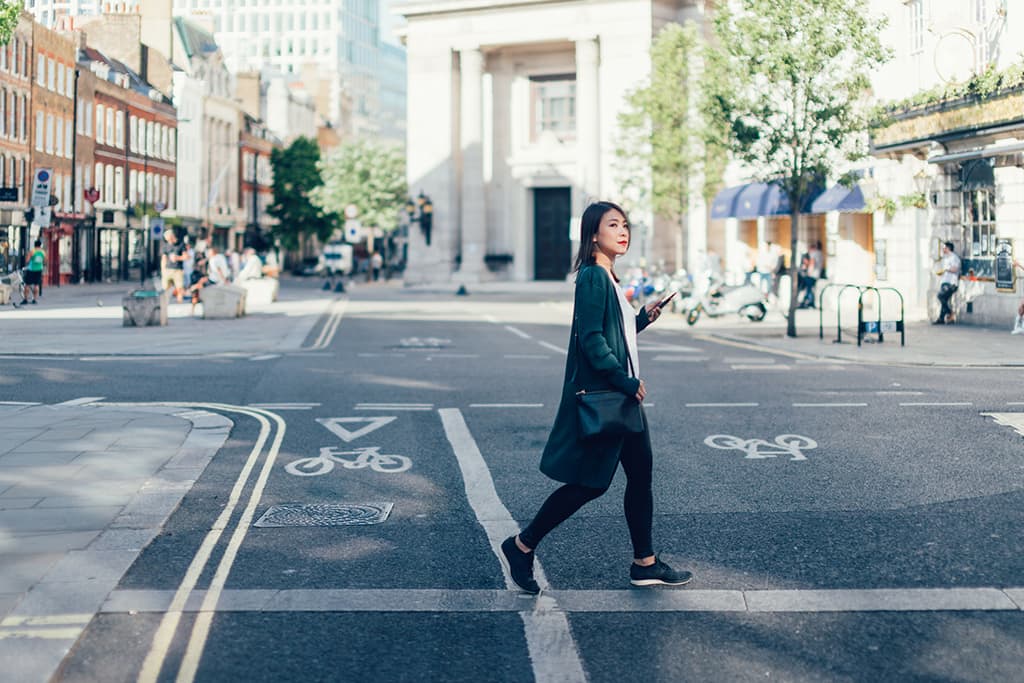
Be prepared to work quickly
If you are shooting in a candid way, you might only have a split second to capture a street scene as it unfolds – a funny juxtaposition or a striking-looking person engaged in an animated conversation. So if you find a promising scene, be patient and be prepared to wait for the ‘decisive moment.’ Modern autofocus systems are great at capturing fast-moving subjects, or you can pre-focus on a particular spot before somebody walks by, for example.

Ezra Bailey
There is no such thing as bad light
Light is light, so make sure you get the most out of it. While landscape photographers may get up very early to capture the soft dawn light, street photographers can still get great results in strong mid-day sunshine – the prominent shadows and powerful contrast can look great, especially in black and white.
Be sensitive to how the light changes in different parts of the street and don’t get stuck to one spot – street photography should involve a lot of walking. When the light starts to fade, don’t be afraid to push up the ISO on your camera or open the aperture wider. Image stabilisation now enables you to stay sharp at much slower shutter speeds, and a grainy/high ISO shot is always better than a soft one.
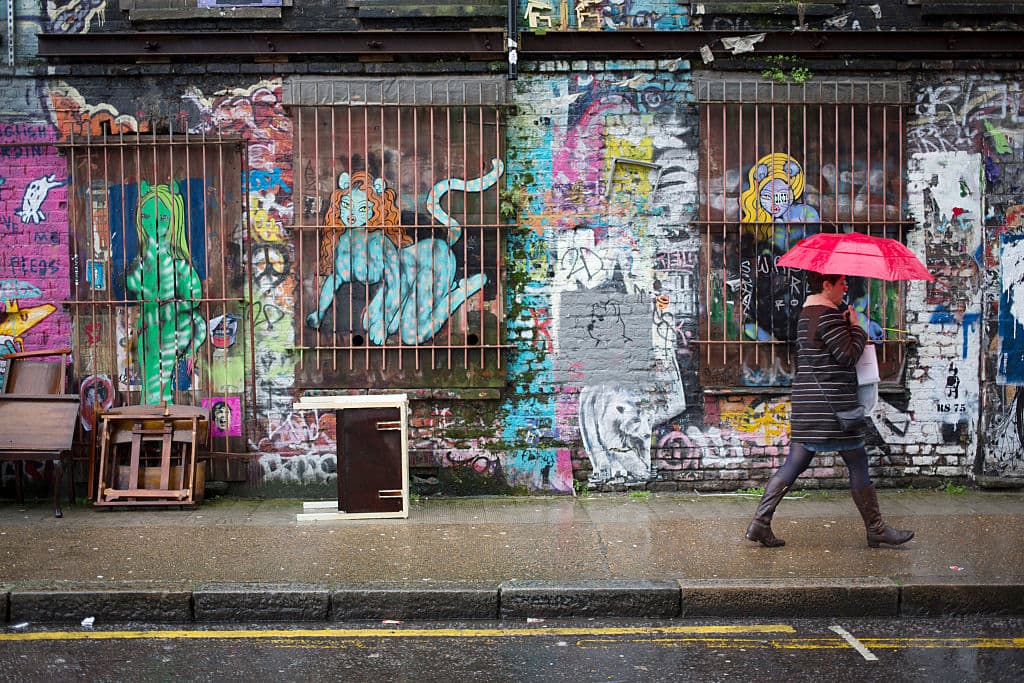
Think about shapes
Some of the best modern street photographers, such as Alan Schaller, are very skilled at capturing interesting graphic shapes, often in quite a minimalist way. So think about angles, lines, striking blocks of colour and so on – even the most uninspiring town usually has these if you look for them hard enough.
You often need a wider-angle lens to soak up a graphically striking street scene; this kind of imagery can also work very well in black and white, particularly on a dull, overcast day

Watch the backgrounds on portraits
If you are more interested in street portraits, don’t be afraid to go up to an interesting person and ask permission to take their photo. The worst that will happen is that they say no.
If they agree, choose a suitable aperture; a wider aperture or longer lens will make it easier to blur out the background. Shooting in Aperture Priority mode is ideal for this.
Focus carefully on the eyes and watch out for distractions in the background like rubbish bins or signs sticking out of people’s heads. Striking up a conversation as you shoot will help subjects to relax and not pose quite as much.
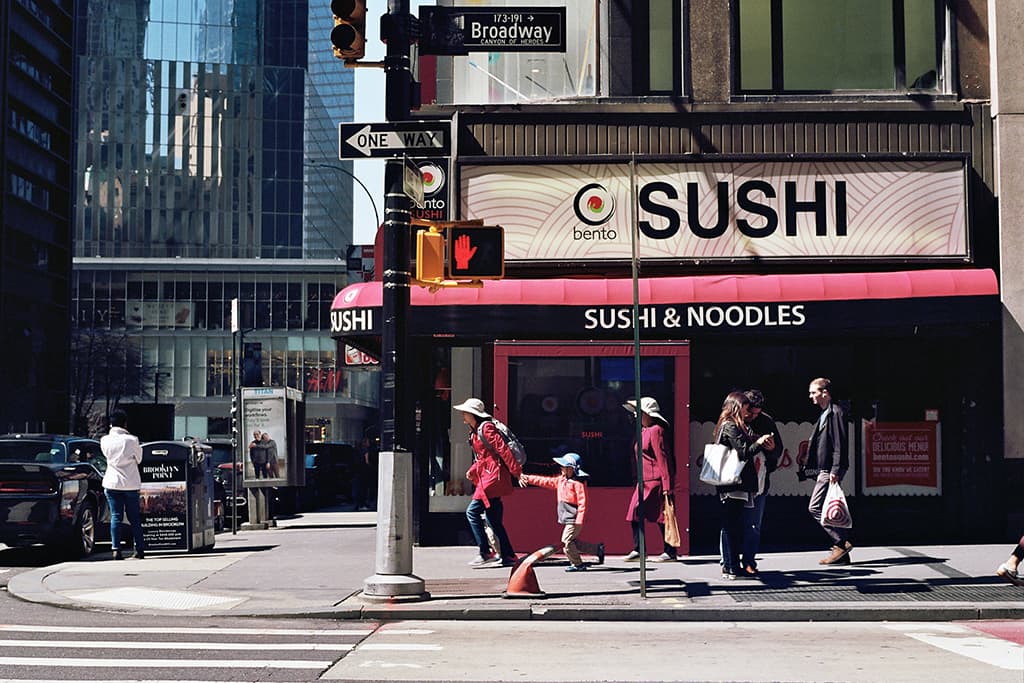
@ellptr
Become a people watcher
You don’t always need to walk around; often you can great photos watching the world go by as you sit outside a café or bar. A tilting screen makes it even easier to take shots without anyone noticing!
Further reading
Street photography essentials

